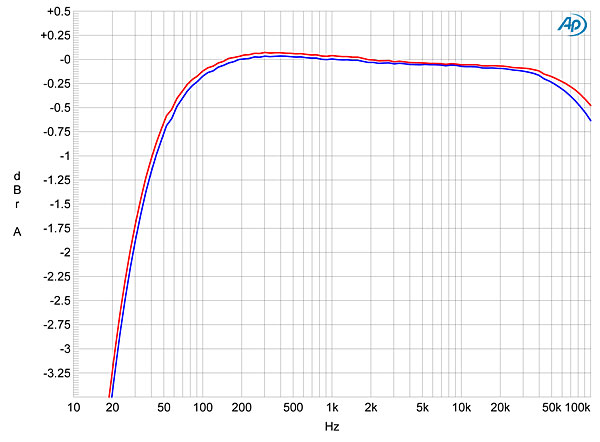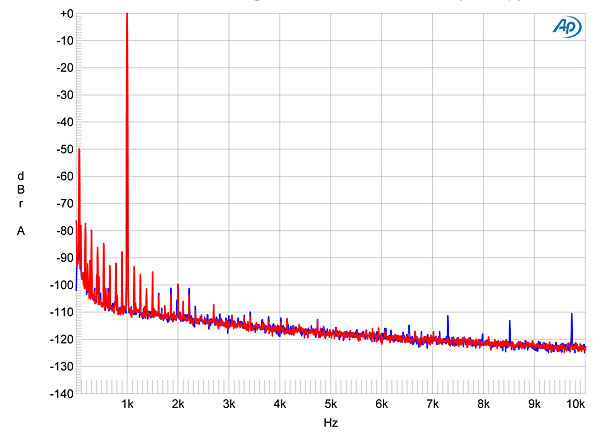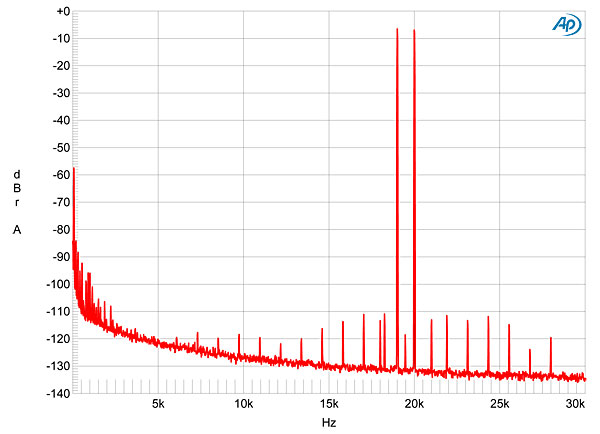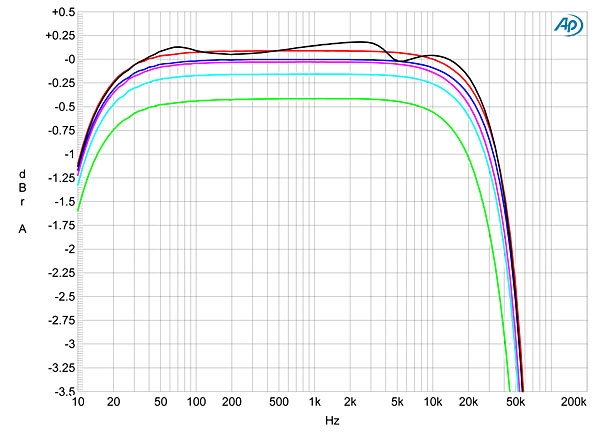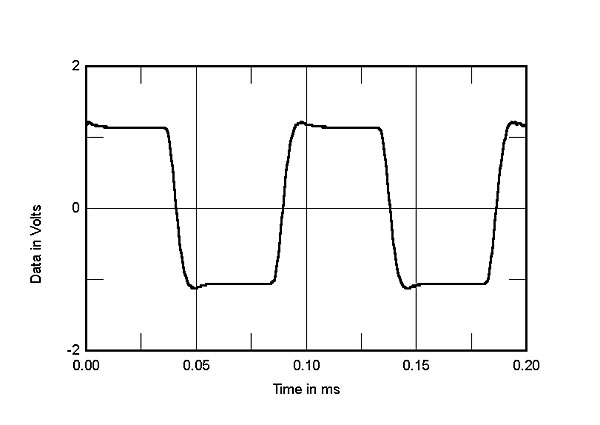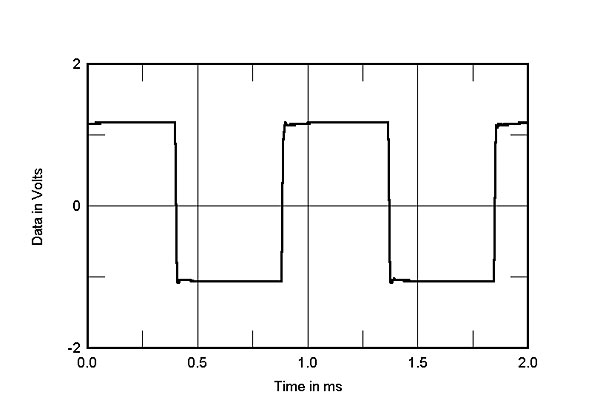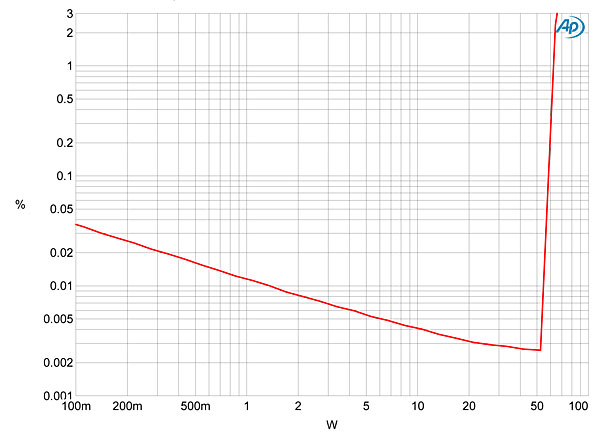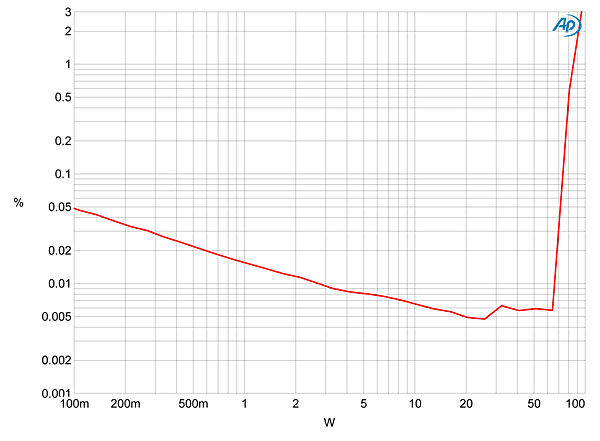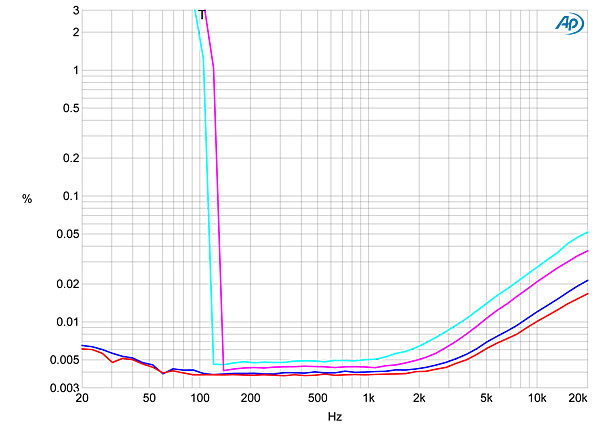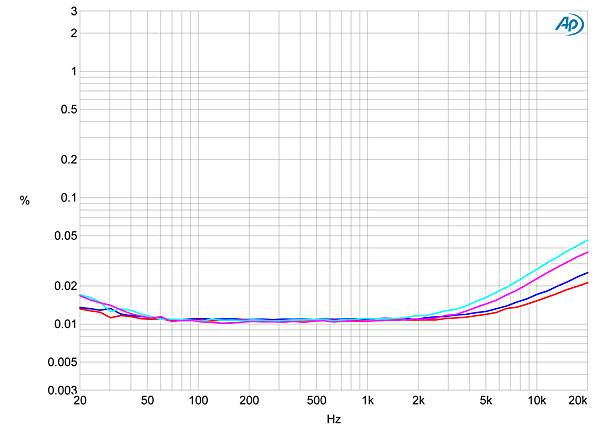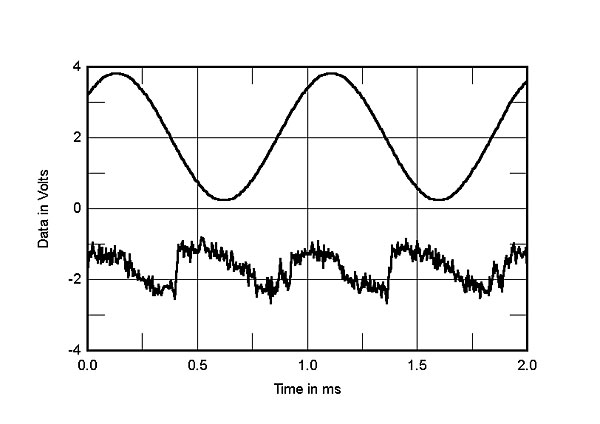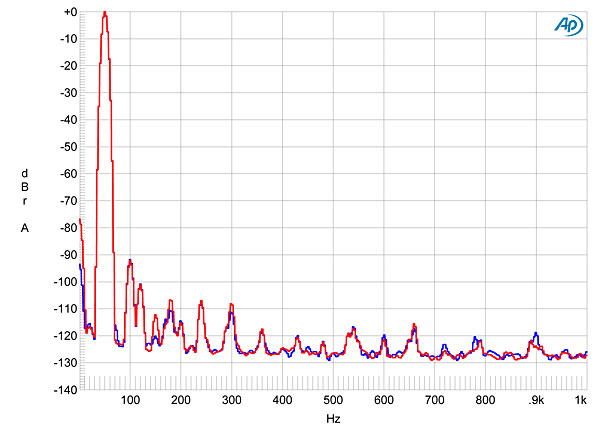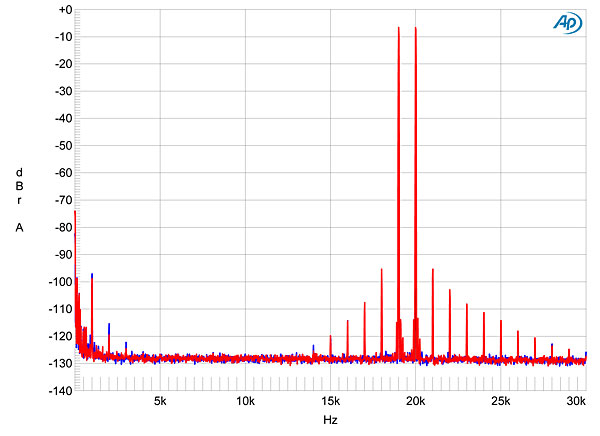| Columns Retired Columns & Blogs |
I own the A18 predecessor model to the A19 reviewed in this article. Thanks to Stereophile for reviewing a fine integrated amp that offers great value for the money.
I stepped down in watts per channel from other comparably priced amplification to purchase the Arcam A18. While the watts per channel reduction does cost a reduction in volume, the Arcam delivers in ways that more than compensate for the difference.
Stepping up to the Arcam A18 from more modest equipment, one will find a big step up in sound quality from a less expensive power amp, receiver, or integrated amp.
Going to the Arcam from a stereo receiver, for example, one notices succinct pauses—true musical pauses—from a recording. With lesser equipment one discovers a type of smearing of the musical notes, where the Arcam delivers the musical impulses with natural and punctuated phrasing of the music.
The Arcam doesn't immediately seem loud (an attribute that many of us have been trained to equate with “good”) but listening to this unit requires a different approach to listening. With the Arcam there is a subtle but room-filling expansive sound projection. It’s different than a more intensive, visceral, in-your-face sound that one may get from amplification with more wattage in a less expensive product.
The sound quality of this unit is great. Arcam gives a budget-constrained hi-fi enthusiast a taste of the sound that is available with finer products, but is often economically unattainable for many enthusiasts.
I would recommend that a purchaser of the A19 (or a A18 if a used one is to be had) take care with speaker pairing. For listeners of music without many quiet passages (Rock, Country, some types of Jazz) a purchaser of an Arcam A19 or A18 can probably use speakers with sensitivity of 84db to 86db without issues. For Classical music listeners, a person should pair this integrated amp with speakers having sensitivity of 87db or higher. I have used this speaker with speakers of 87db and 88db sensitivity, and will have turn up the volume in some recordings, though the power source of the Arcam A18 accommodates use with its volume over ½ of the maximum range without strain or distortion. Since this is more of a laid back sound than other comparable products, a person could pair this unit with a "brighter" pair of speakers with metallic drivers.
The machined faceplate of these Arcam integrated amp is of very high quality. A person who has owned stereo or home theater receivers will have achieved a noticeable improvement in build quality, vibration control, and durability with the Arcam. The green display is impressive and alluring to behold while listening to music. The volume control moves with silky precision. Turn on the Arcam, put your ear to the unit, and you won’t hear a thing. The build quality is impressive throughout the unit. It's a thin, low profile unit, though the user should put this unit where it has an unobstructed space above to allow for proper ventilation (the manual and my dealer recommended this).
I have no regrets of my purchase and ownership of my Arcam A18. I plan on keeping it for years, and upgrading around this fine integrated amp. A superior product can be had, but you’ll pay almost twice the amount, at the least. I don’t think—having reviewed many products in this range—that you can get a better product with comparable specifications for the same amount from a major manufacturer.
